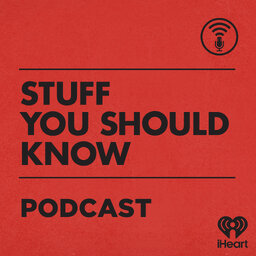Selects: How Skateboarding Works
Skateboarding started out as something bored surfers did when the waves weren't breaking, but after a few improvements to the design, it took off like a rocket to become its own cultural phenomenon. Come gleam the cube with Josh and Chuck as you ollie over this classic episode.
Learn more about your ad-choices at https://www.iheartpodcastnetwork.com
 Stuff You Should Know
Stuff You Should Know


